The marathon that was La Guelaguetza 2019 has been run and not a day too soon for most residents. It was an exhausting and at times grueling two weeks — so much to do and so little time — streets choked with traffic and sidewalks clogged with people. According to state government figures, at its height, hotel occupancy reached 97%, which I’m guessing doesn’t include the growing Airbnb presence.
My participation ended as it began with food and drink — at the 13th annual Feria del Tejate y el Tamal. Fortunately (for me), it’s held at the Plaza de la Danza, only a block away from Casita Colibrí. On July 30 and 31, seventy five women of the Unión de Mujeres Productoras de Tejate de San Andrés Huayapam came to my neighborhood to prepare and pour this prehispanic drink for the thirsty and curious.
Tejate is a labor-intensive frothy, refreshing, nutritious, and (supposedly) aphrodisiacal non-alcoholic beverage made from corn mixed with tree ash, cacao beans, mamey seeds, rosita de cacao (Quararibea funebris) flowers, and peanuts or pecans (depending on the season).
Preparation takes at least twelve hours, as the beans, seeds, flowers, and nuts must be toasted on a comal and corn must be nixtamalized. Ingredients are taken to a molino to be milled, then kneaded together, left to cool, eventually being hand-ground on a metate to make a thick paste — which is then thinned with water and (literally) mixed by hand.
Tejate is traditionally served in brightly painted gourds (jícaras) which fits right in with this year’s effort by the feria organizers to eliminate the use of plastic, in keeping with recent legislation in Oaxaca to prohibit the sale and use of most single use plastic and styrofoam containers. Known as the beverage of the gods, as it was once reserved solely for Zapotec royalty, today tejate is for everybody and is also being made into cookies, ice cream, and nicuatole (traditional Oaxacan corn-based molded dessert).
However, this food fest wasn’t just about tejate. The other headliner of this event was the versatile tamal. Numerous varieties in steaming pots sitting on anafres (portable cooktops) sat behind rows of banquet tables filled with giant serving baskets covered in colorfully embroidered tea towels. Proud cocineras (cooks) listed their offerings and provided free samples to taste-test.
Where to begin? There was a mind-boggling selection of tamales — at least a dozen kinds to choose from. Many are readily available daily at local mercados (of course, each family puts their own unique spin on the basic recipes). However, here in the city, tichinda (fresh water mussel) tamales are rarely seen. I tasted and they were yummy.
My primary goal, when it came to tamales, was “para llevar” (to go) and I came prepared with my own containers. On day 1, I wanted to bring home tamales for the staff who works at my apartment complex and a couple of carpenters who were onsite building door and window screens for a friend’s apartment. I made several rounds of the numerous vendors, studying their offerings (along with their lovely tea towels) and then just dove in! Besides buying a tamal de camaron (shrimp) for myself, I bought a mole verde (chicken with green sauce) and a mole negro (black mole sauce with chicken) for each the crew back home, along with tejate cookies for their dessert!
On day 2, I was in search of tamal de chichilo, made from chilhuacle negro, mulatto, and pasilla chiles; blackened tortillas and seeds of the chiles; and avocado leaves — the latter imparting a subtle anise flavor. It’s one of my favorites and isn’t usually seen in the mercados, as it is usually reserved for special occasions such as weddings and baptisms or when the crops have been harvested.
Besides eating a tamal de chichilo as soon as I returned home and another for dinner last night, six more currently reside in the freezer compartment of my refrigerator. Ahhh, preserving and celebrating the prehispanic riches of tejate and tamales — a couple of reasons why Oaxaca is a food lovers’ paradise.























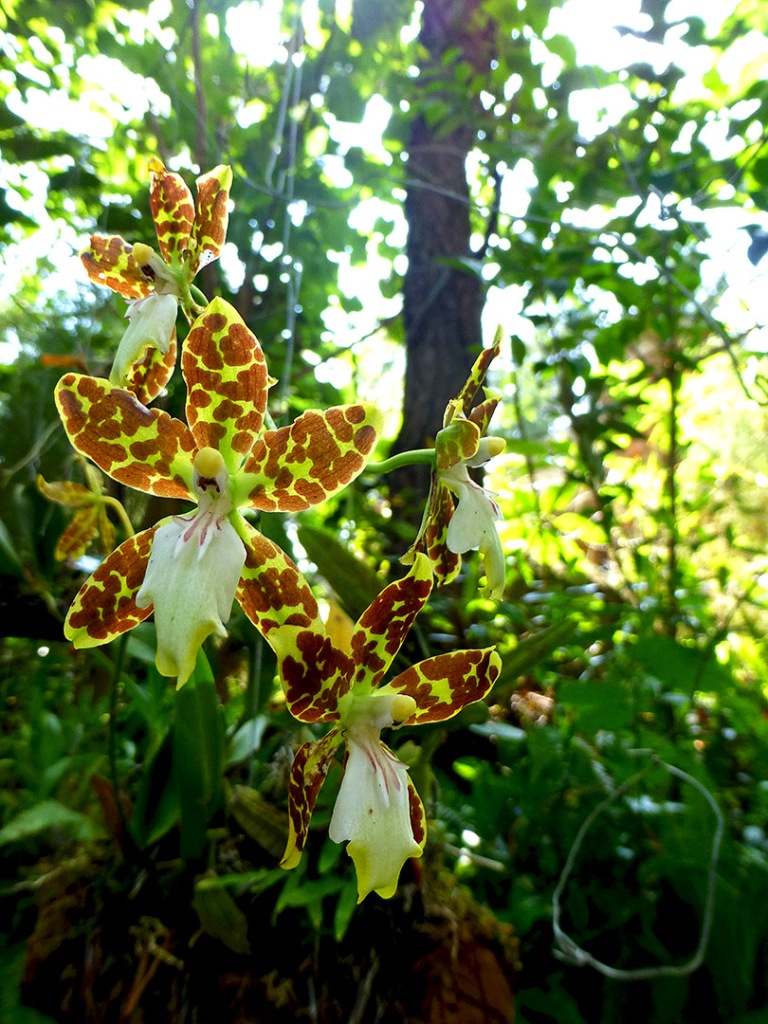
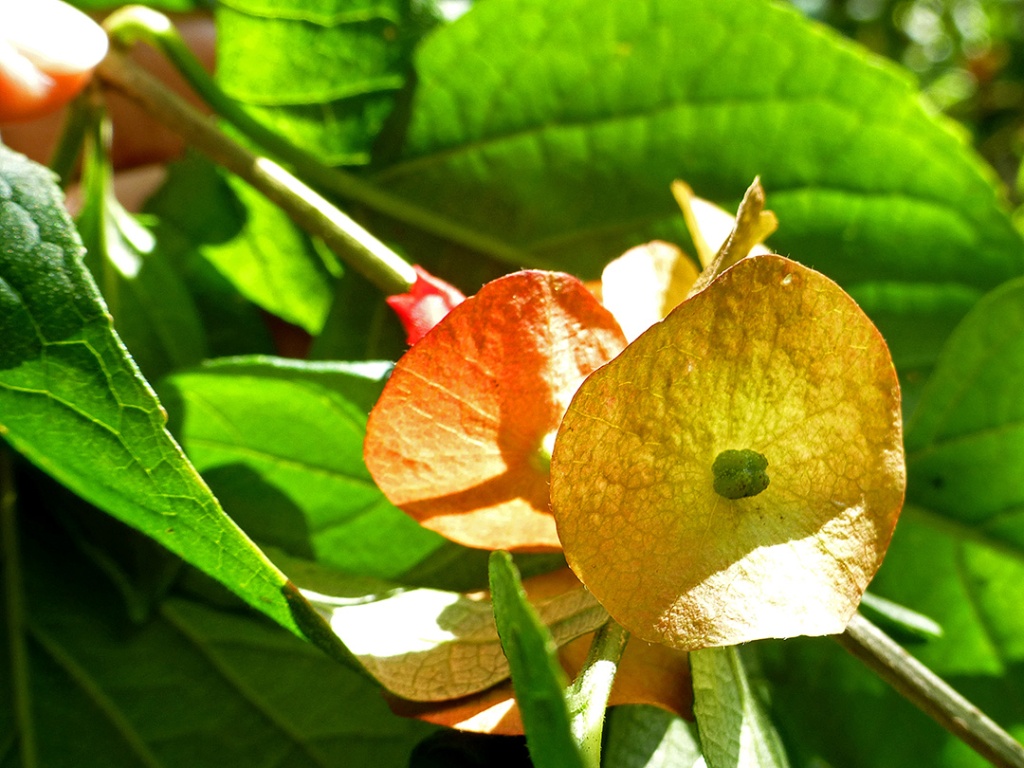




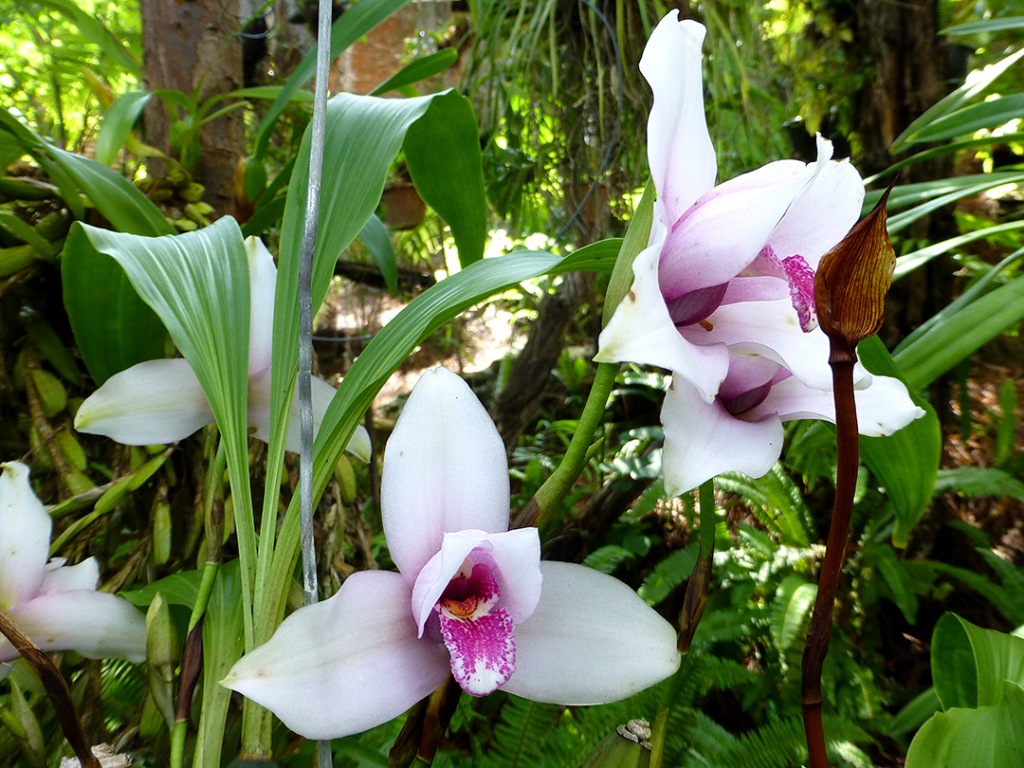



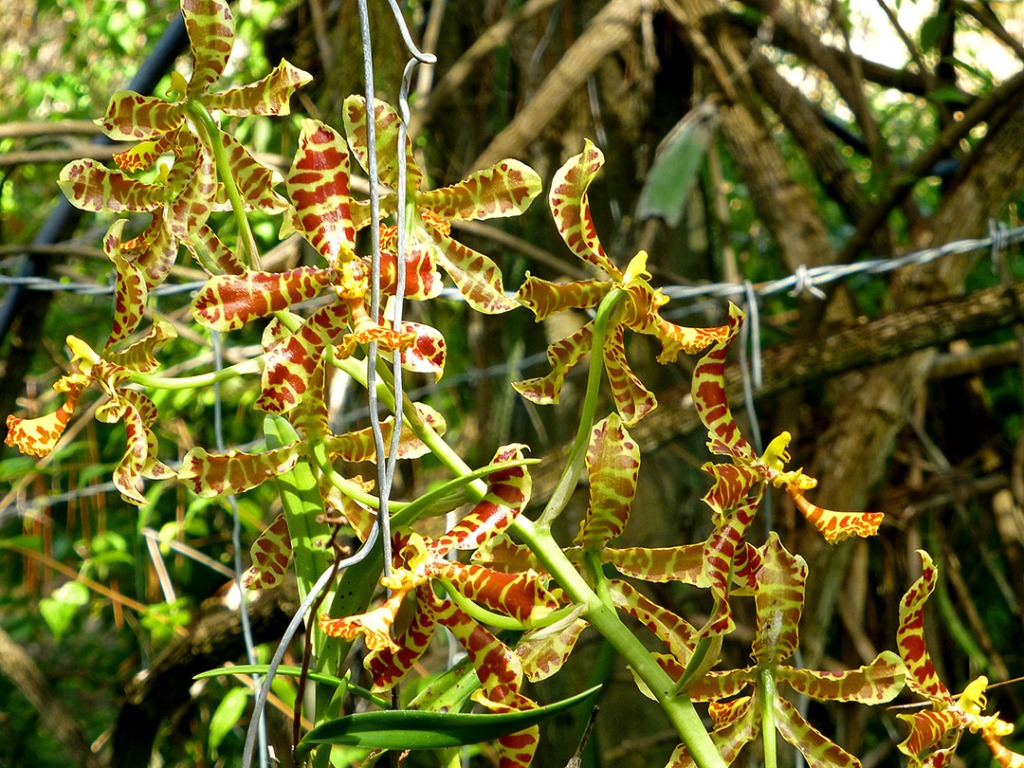
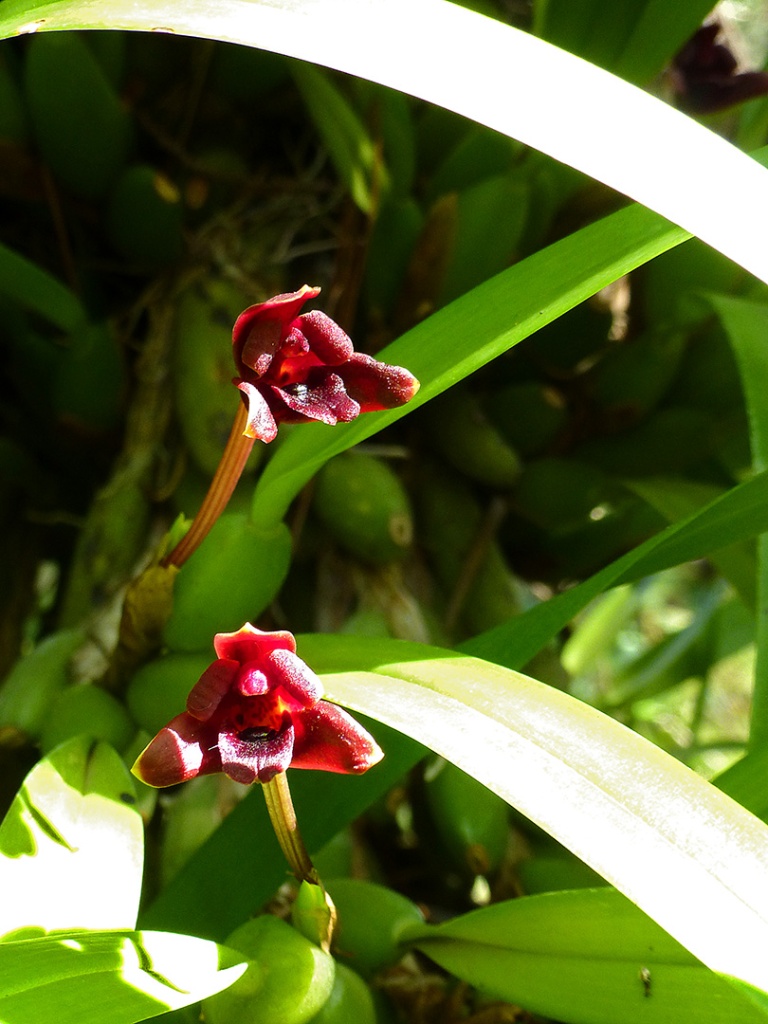


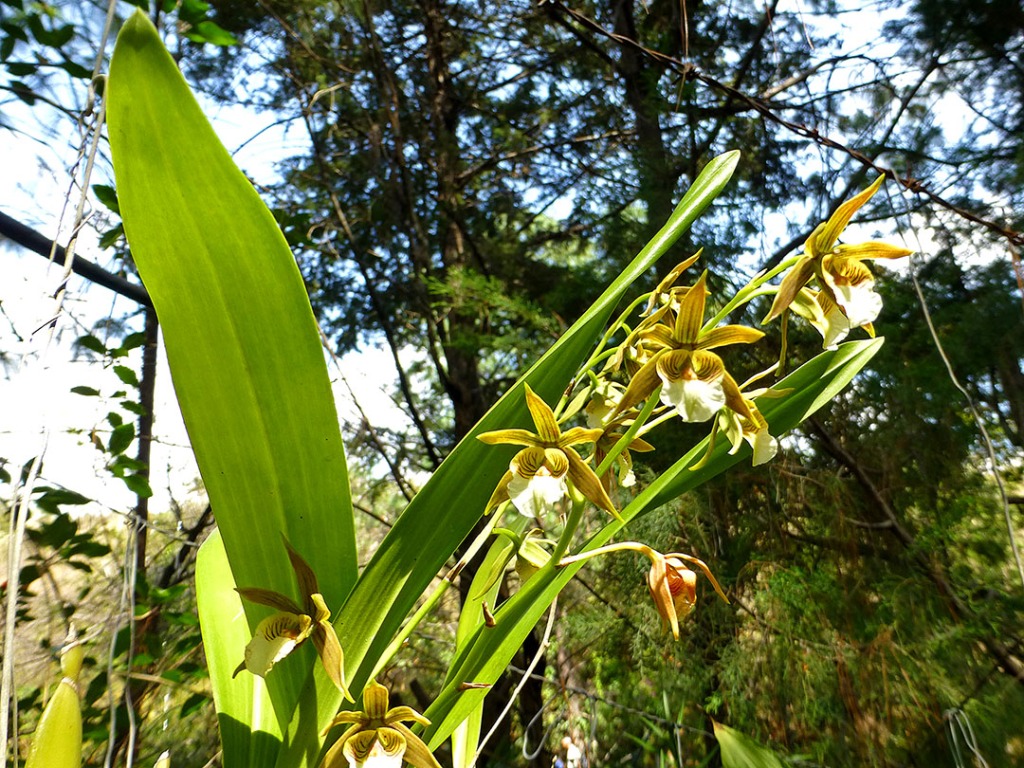



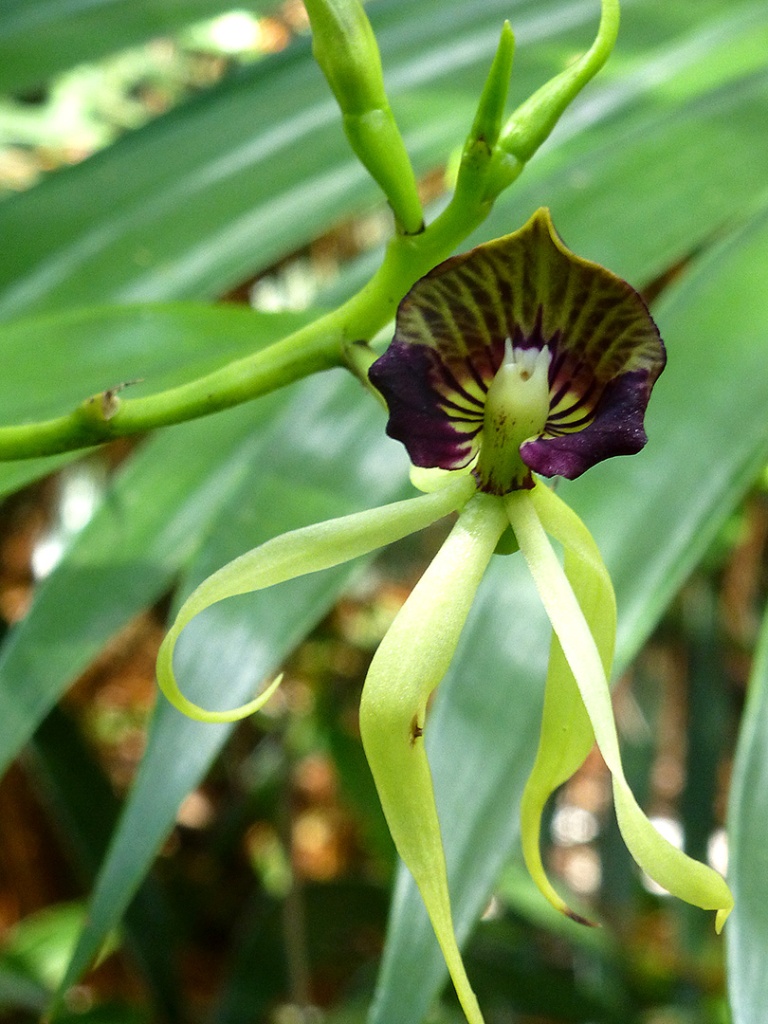
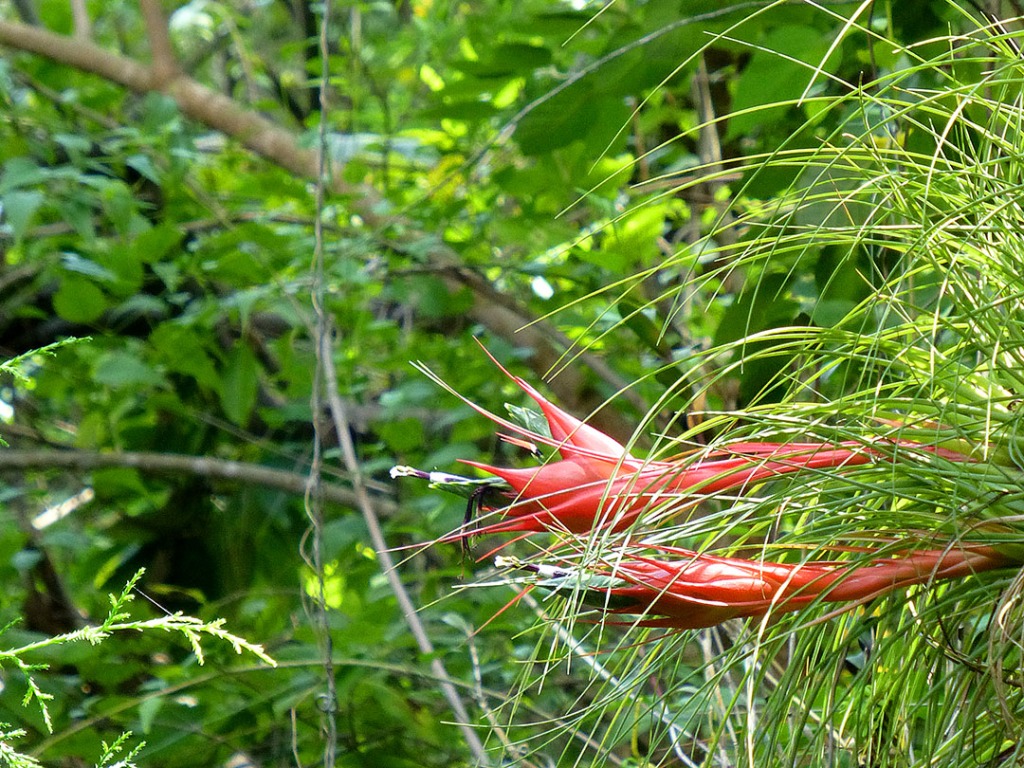












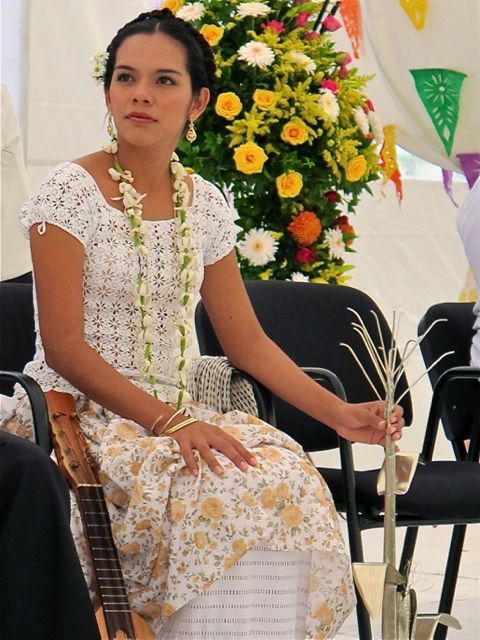
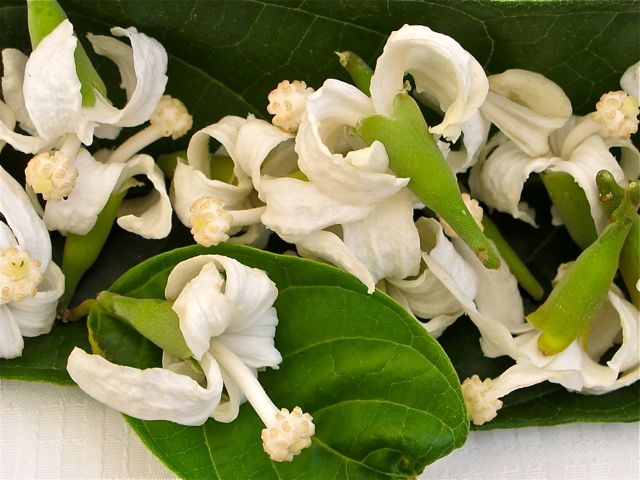
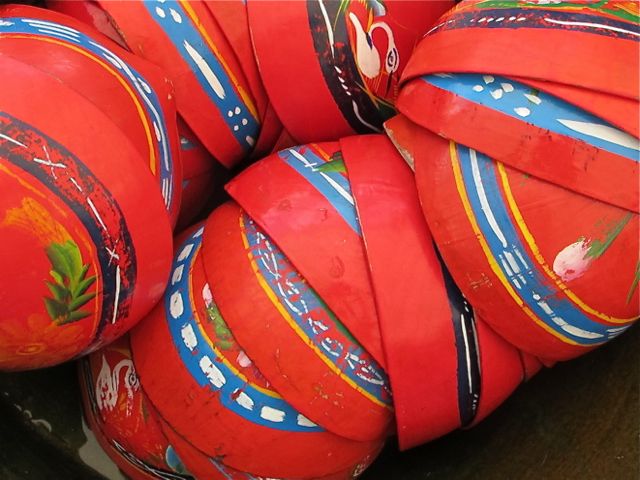
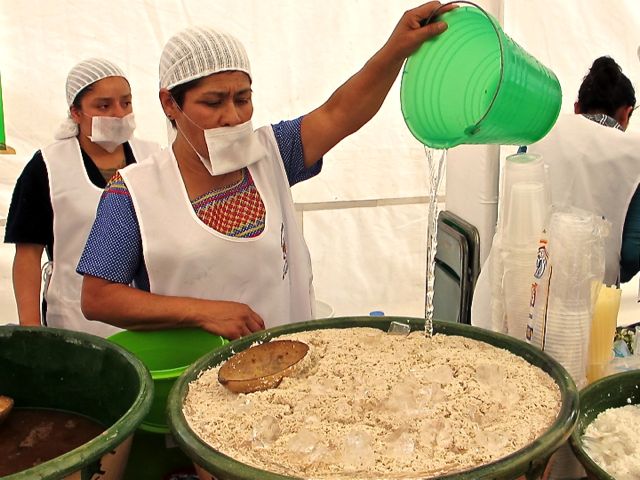
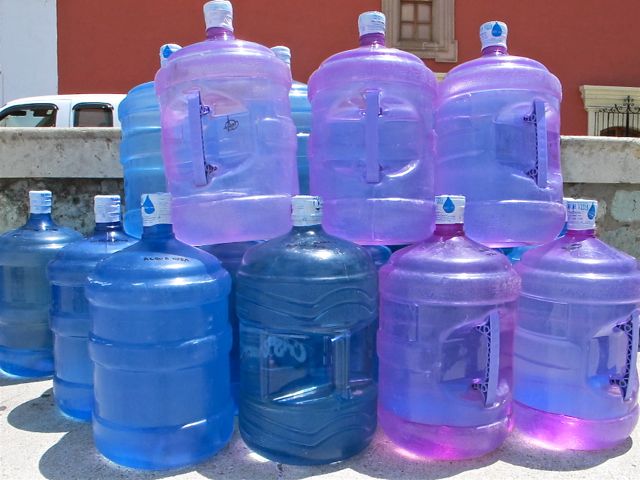

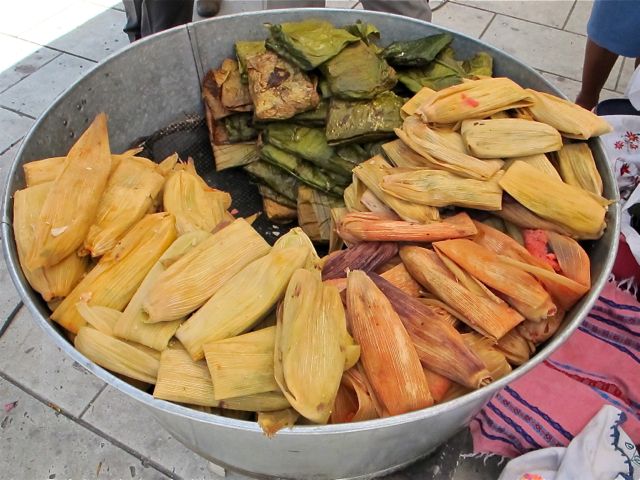
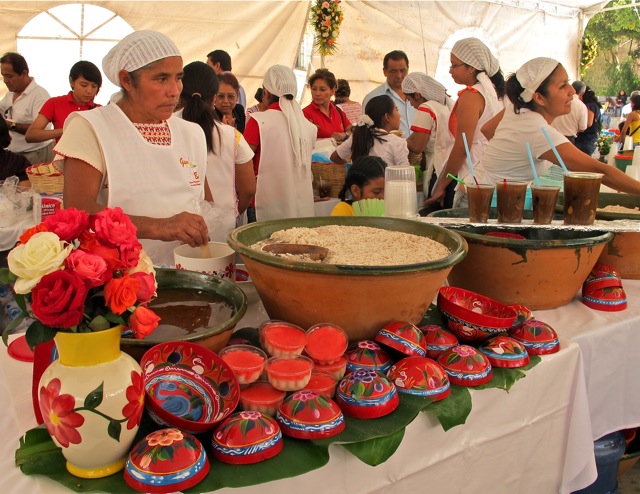

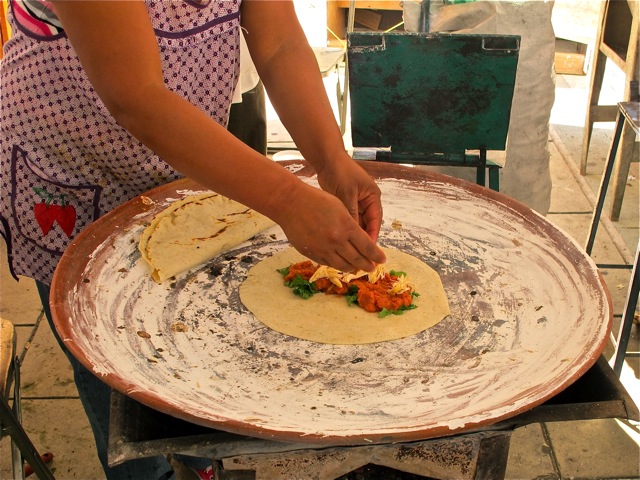






 Mexican Peso Converter
Mexican Peso Converter